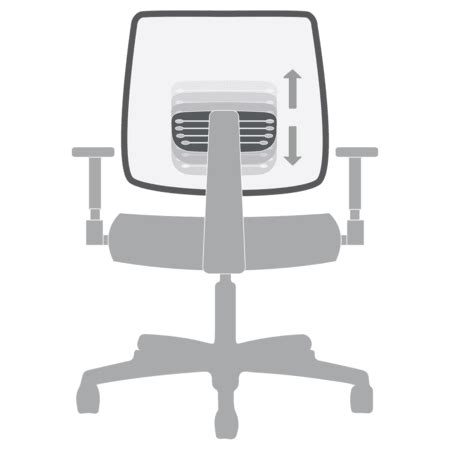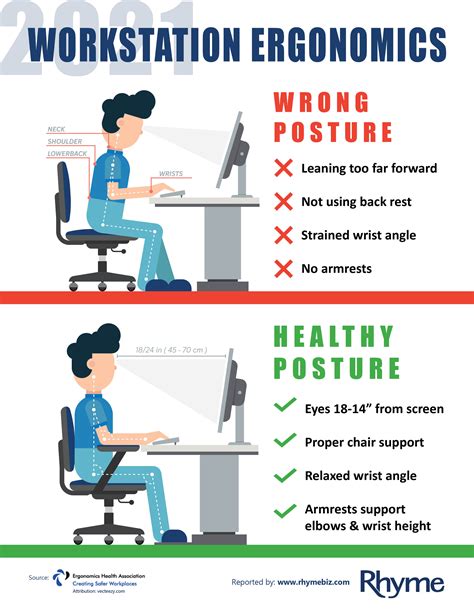The Crucial Role of an Ergonomic Desk Chair
In today’s professional landscape, where many careers demand extended periods seated at a desk, the importance of a high-quality ergonomic desk chair cannot be overstated. Far from being a mere luxury, a well-designed chair is a foundational tool for health, productivity, and comfort. Prolonged sitting in an unsupportive chair is a direct pathway to chronic back pain, poor posture, reduced circulation, and a significant drop in focus – all of which severely hinder your work performance and overall quality of life.
The goal isn’t just to find a comfortable seat, but one that actively supports your body’s natural curvature, encourages dynamic sitting, and adapts to your unique physiological needs. This article will guide you through the essential features to look for, helping you make an informed decision that transforms your workspace into a healthier, more productive environment.

Understanding the Anatomy of an Excellent Ergonomic Chair
What differentiates a good ergonomic chair from a standard office chair lies in its adjustability and thoughtful design, tailored to support human anatomy during long sitting periods. Here are the key features to prioritize:
1. Lumbar Support
The lower back (lumbar region) naturally curves inward. An effective ergonomic chair provides adjustable lumbar support, allowing you to position a pad or curve precisely where your lower back needs it most. This support helps maintain the natural ‘S’ curve of your spine, preventing slouching and reducing pressure on the spinal discs.
2. Synchronous Tilt Mechanism
This feature allows the backrest and seat pan to recline in a synchronized motion, ensuring your body maintains an open, healthy angle between your torso and thighs. The ability to rock back and forth, and lock the chair at various angles, encourages movement and reduces static loading on your spine and muscles.

3. Adjustable Armrests
Ideally, look for 4D armrests that adjust not only up and down but also forward/backward, inward/outward, and pivot. Proper armrest height allows your forearms to rest gently, keeping your shoulders relaxed and preventing strain in your neck and upper back. They should allow your elbows to be at a 90-degree angle to your desk.
4. Seat Depth and Height Adjustment
The seat height should allow your feet to be flat on the floor (or on a footrest) with your knees at roughly a 90-degree angle. Seat depth adjustment is crucial for ensuring there’s a 2-4 finger-width gap between the edge of the seat and the back of your knees, preventing pressure on your circulation. A waterfall edge on the seat pan further aids this.

5. Breathable Material and Quality Construction
Materials like mesh or breathable fabric prevent heat buildup, keeping you comfortable throughout the day. High-quality components, a sturdy base, and smooth-gliding casters are also indicative of a durable and reliable chair that will withstand years of heavy use.
Beyond the Chair: Complementary Ergonomic Practices
Even the best ergonomic chair can’t solve all your problems if you don’t adopt good habits. Remember to:
- Take Regular Breaks: Stand up, stretch, and walk around for 5-10 minutes every hour.
- Optimize Your Desk Setup: Position your monitor at arm’s length, with the top of the screen at or slightly below eye level. Your keyboard and mouse should be close to your body to avoid reaching.
- Listen to Your Body: If you feel discomfort, adjust your posture or chair settings immediately.

Making Your Choice: Investing in Well-being
Choosing the best ergonomic desk chair is a personal decision, as what works for one person may not work for another. It’s often beneficial to try out several models in person if possible. Focus on chairs that offer a wide range of adjustability, allowing you to fine-tune the fit to your body. Consider your budget, but view it as an investment in your long-term health and productivity, rather than just an expense.
While specific brand recommendations fall outside the scope of this general guide, reputable manufacturers consistently produce models that excel in the areas discussed. Researching reviews, visiting showrooms, and understanding return policies can help you make a confident choice.

Conclusion: A Foundation for Focus and Health
An ergonomic desk chair is more than just furniture; it’s a critical component of a healthy, productive workspace. By providing optimal support, encouraging healthy posture, and promoting movement, the right chair significantly reduces the risk of back pain and fatigue. This, in turn, frees your mind from physical discomfort, allowing you to concentrate fully on your tasks, boost your focus, and enhance your overall well-being. Invest wisely, and experience the profound difference it can make in your daily work life.




